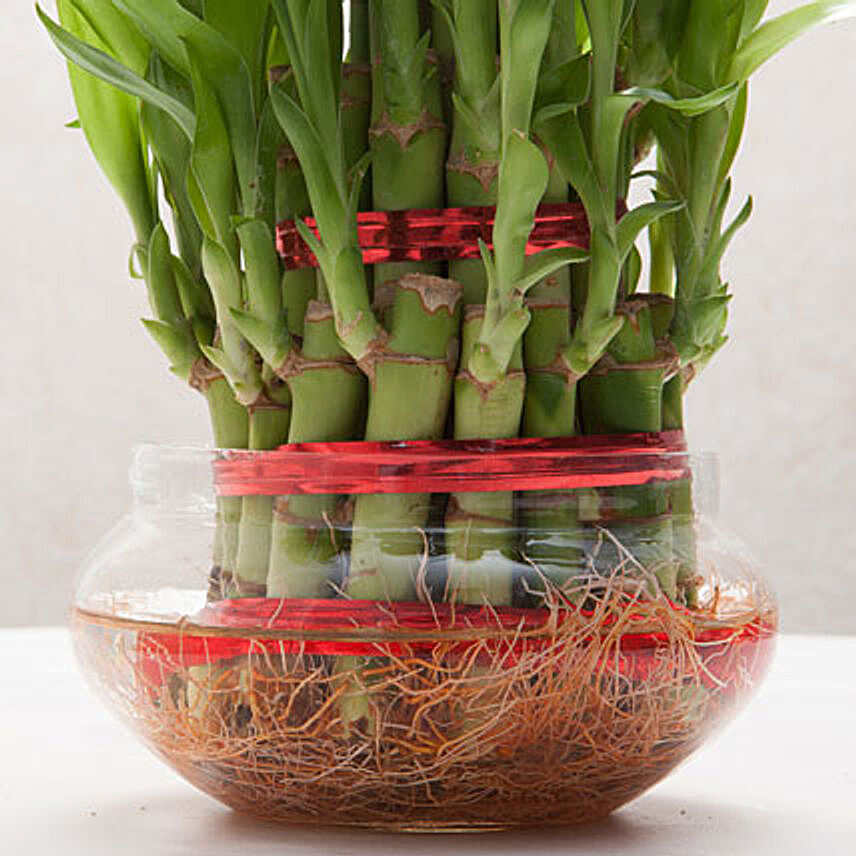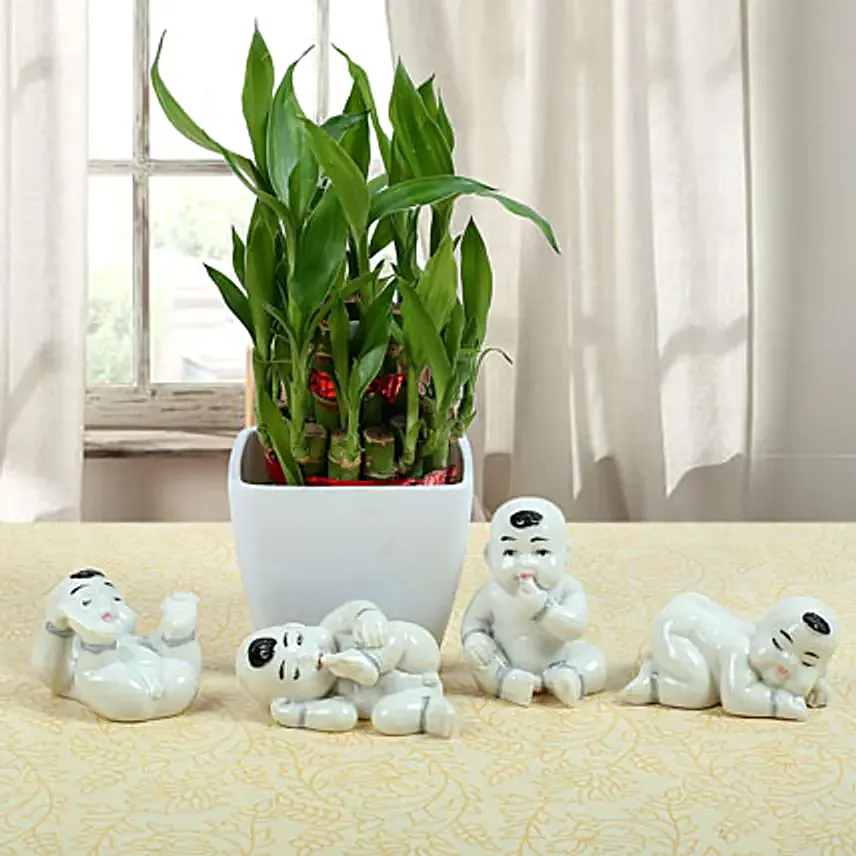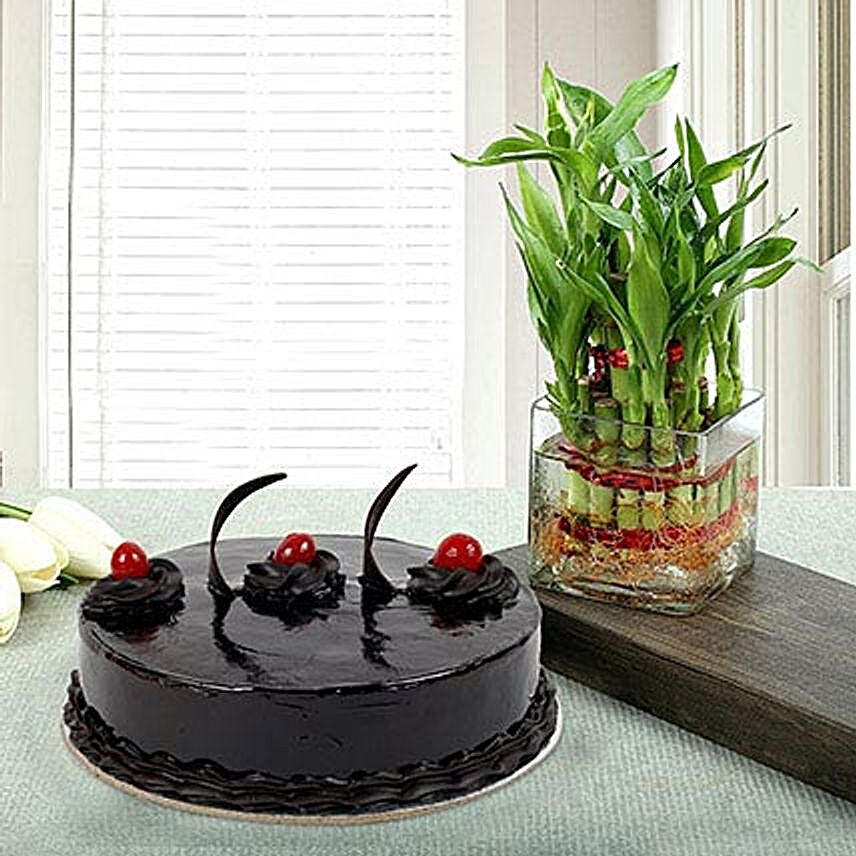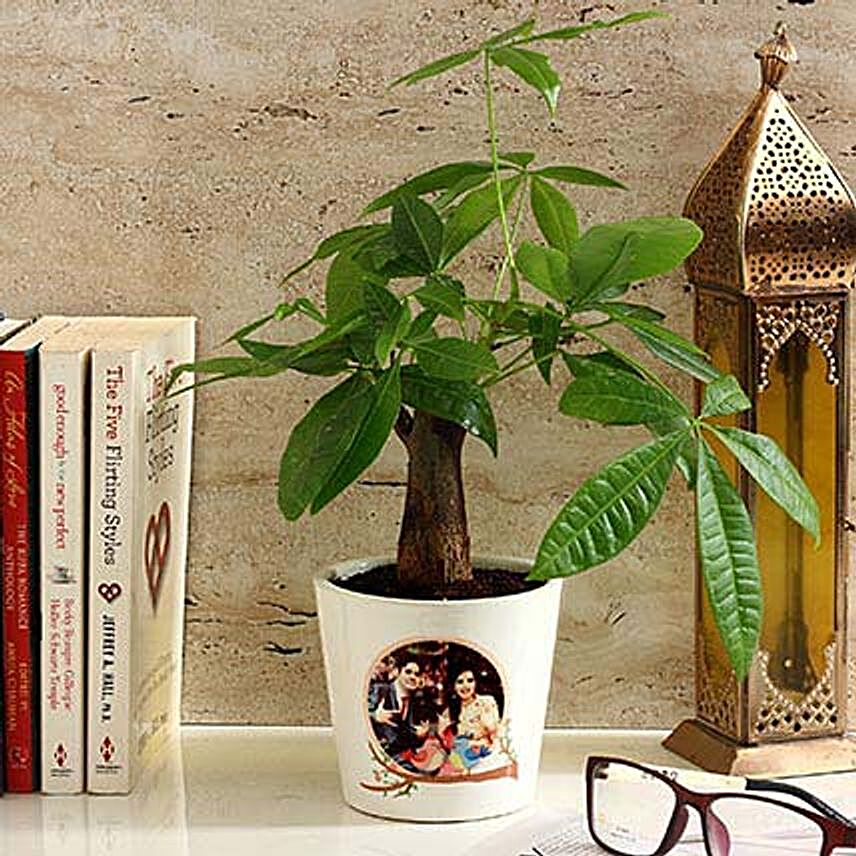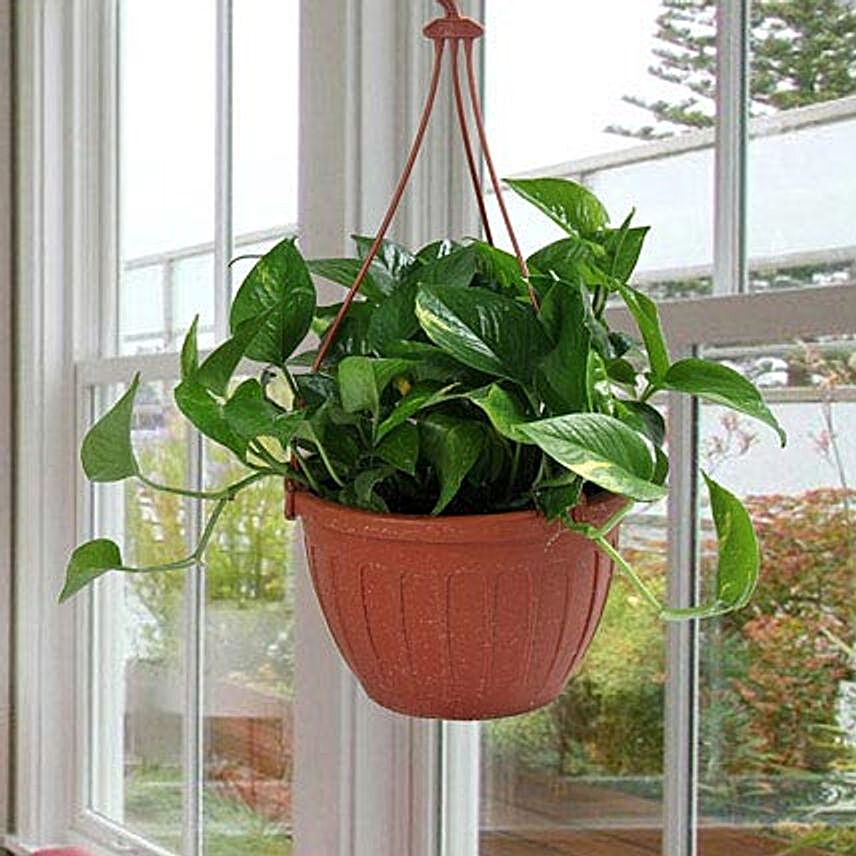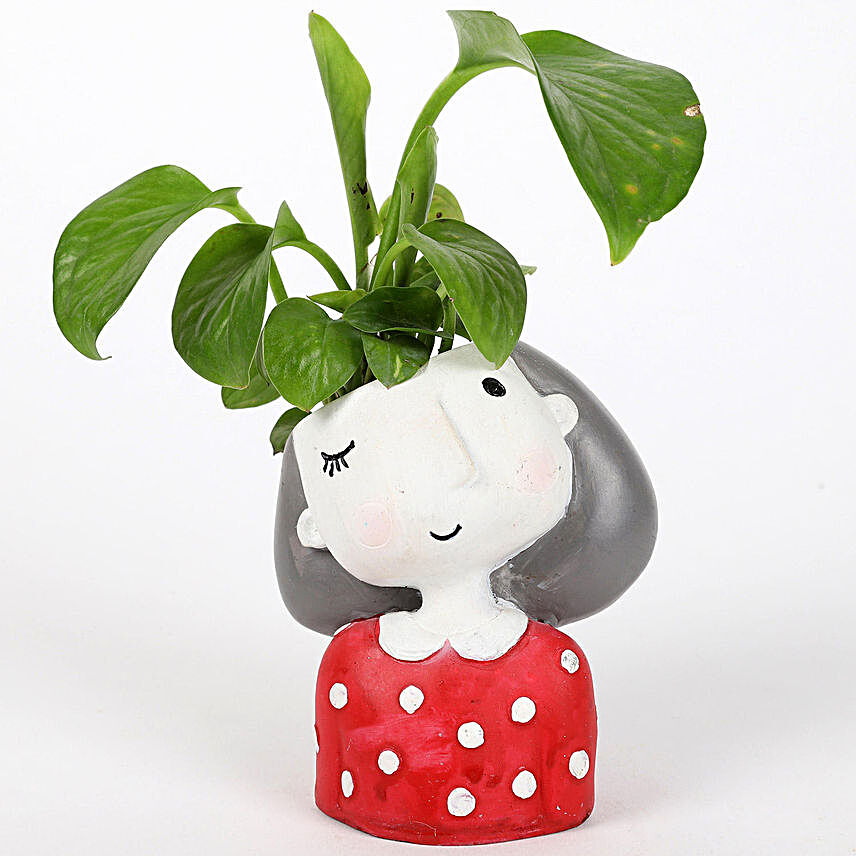How To Take Care of Dish Gardens?
- Author: Rima Ghosh Published: 3rd September, 2019
Gardening is a noble activity and as per an eminent personality, it is the slowest of all performing arts. To suit the modern living, it has been divided into indoor gardening and outdoor gardening. One of the latest addition in the world of indoor gardening is “dish garden”. For the uninitiated, a dish garden is a garden of plants grown in a shallow dish or bowl or any such broad container. Most importantly, a dish garden is an attractive arrangement of several types of plants in a single bowl or dish. The prime objective is to create a miniature ecosystem in a small dish or container.
Various artists come up with breath-taking landscape designs in dish gardens and they add much drama to the interiors. Now, one may think that if various plants are grown in a dish, then, how difficult it would be to take care of that. This article is aimed at providing the readers with easy “dish garden care guide”
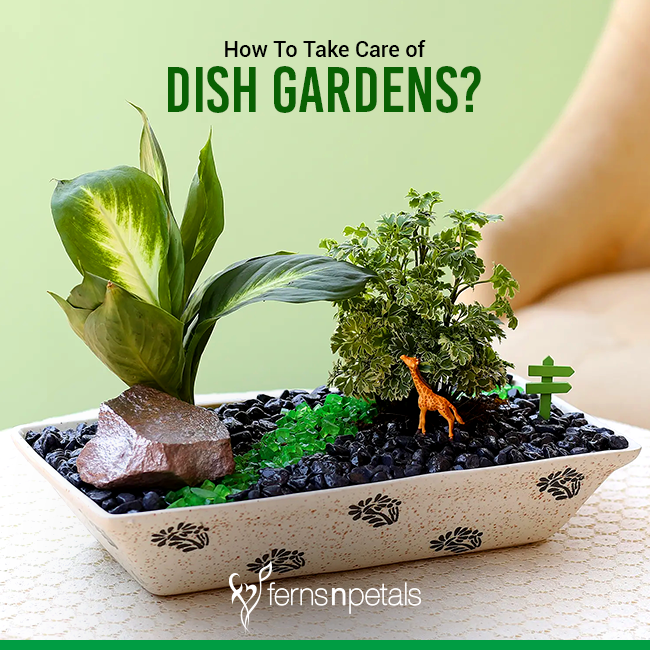
Take Care of Dish Gardens With These Following Steps:
The top enemies of affluent dish gardens are sunlight, room temperature, and humidity. Thus, the first and foremost thing to remember is the adaptability of plants when it comes to the success of a dish garden. Those plants that don’t fuss to adapt to their surroundings are the best ones for a dish garden.
Watering:
One must always keep in mind that among all environmental factors concerning a dish garden, the most important one is watering. Overwatering would be a big problem or danger for the health of a dish garden. The simple solution is to touch the soil to check the soil moisture before watering the soil. Or else, one can wait for the topsoil to dry out completely before watering.
Fertilising:
Without fertilisers, the growth of the plants in a dish garden won’t be great. But one needs to fertilise the dish gardens only if the plants have been in the dish garden for a long time. One is suggested to mix a fertilizer solution that is 1/4th strength and apply this solution monthly.
Sunlight:
Sunlight plays another important role in the health, growth, and development of plants. Therefore, one needs to make sure that each and every plant in that dish garden is receiving ample amount of sunlight. Therefore, the dish garden needs to be placed in an environment that receives direct to indirect sunlight. One can rotate the dish timely so that sunlight reaches every plant easily. The east or west-facing windows with curtains are the best positions where the dish garden can receive filtered light.
Placement:
Placing the dish garden on a tray with gravel and water is another important care instruction. This will improve the humidity level.
Misting:
One should not forget to mist the dish garden daily especially during the winter months. Those rooms or homes where too many heating objects are used, this step is a must for them.
Structure of Container or Dish:
One must choose the container well. The dish for the dish garden should not be less than 3 inches deep. Some containers provide drainage but most of them are too shallow for interesting plantings. So, the ideal container or dish should be deep enough for at least 1-inch layer of gravel and charcoal beneath the soil, plus at least 2 to 3 inches of planting soil.
Planting Soil:
The planting soil for dish gardens should be a mixture of 1 part sand or perlite, 1 part soil and one part peat moss. One can also add 1 level teaspoon of 5-10-5 fertilizer for each six-inch pot of soil added.
Types of Plants:
Last but not the least, the type of plants one chooses decides the success or failure of a dish garden. The attractive foliage plants with beautifully textured and coloured leaves are often the best choices for a dish garden. Cacti or succulents are also a wonderful choice. But these two types of plants should not be mixed because succulents require more water than cacti or foliage plants.
With these simple and minimal care instructions, one can enjoy a flourishing dish garden at home or office.
